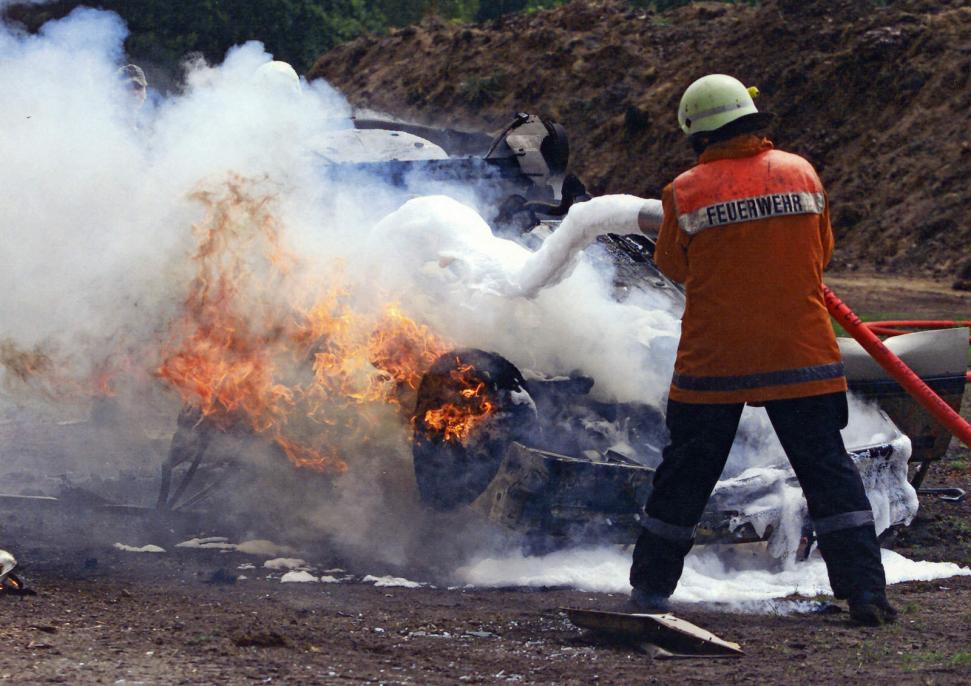After The Fire: How Smoke & Soot Can Affect Your Health

On 5th July, an early morning fire in Windsor, Colorado, damaged five vehicles in three joint garages. The cause behind the fire could not be determined. And while there was no loss of life, the property itself was damaged severely.
Residential fires are a threat to life, property, and the health of people in the vicinity. The harmful effects of fires persist even after they have been put out due to soot and smoke.
It is important for homeowners and businesses to restore their properties after a fire through smoke and fire mitigation. You’ll be surprised to know how harmful and damaging smoke and soot can be to your belongings and your health.
The following are some facts about the damaging effects of soot and smoke:
How are Smoke And Soot Dangerous For My Health?
Smoke and soot are not just unpleasant and smelly; exposure to them during fire restoration efforts may also adversely affect your health. Older adults, children, and people with weak immune systems are especially at risk when it comes to smoke and soot restoration.
The gravity of this is evident in the fact that the Chimney Sweepers Act was the first ever occupational health act to be passed because of the relationship these elements have with the onset of cancer.
What Makes Smoke and Soot Harmful?
Smoke and soot are byproducts of improper combustion during a fire—inorganic combustion forms carbon monoxide in addition to carbon dioxide and water. Carbon monoxide is poisonous.
Houses comprise plastics, fabrics, wood products, foams, carpets, wool and asbestos-containing elements. These elements contain harmful chemicals that do not burn easily and are a contributing factor to health issues during fire restoration efforts.
How Can You Be Exposed To Smoke and Soot?
Exposure to smoke and soot occurs during fire and smoke restoration efforts. You can inhale or absorb smoke and soot via your eyes, skin, ingestion or inhalation. Airborne soot particles are invisible; hence you won’t be able to tell if you’ve been affected by them until they start showing up as major health concerns.

These health concerns include respiratory issues, bronchitis, shortness of breath, stroke, asthma, cancer, heart attack, and premature death. In children and infants, exposure to soot has led to lifelong health concerns which alter prematurely developed respiratory systems.
What Are The Toxic Materials Found In Smoke And Soot?
- Mesothelioma, which is a cancer-causing asbestos fiber.
- Carbon components and byproducts including hydrogen, ammonia, tar, carbon monoxide and nitrogen oxides.
- Sulfur, hydrocarbons, formaldehyde, acrolein, ketones, alcohols, carboxylic acids and other harmful substances.
Fire, smoke and soot restoration should only be addressed professionally. It is beneficial and important for you and your family’s health to evacuate the space until and unless the restoration has been completed.
The experts at ServiceMaster Cleaning and Restoration offer a wide range of damage restoration services such as fire, smoke, soot damage and water removal services. Get in touch with us to know more details about our services in Steamboat Springs!